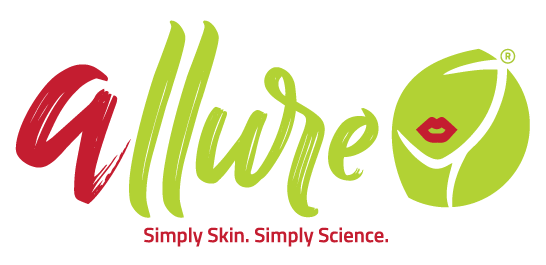Thread Lifting
Thread Lifting
At Allure Laser Skin & Aesthetic Medicine Centre, we offer Thread Lifting, a non-surgical facelift solution designed to rejuvenate and lift sagging skin. This advanced procedure provides immediate results with minimal downtime, helping you achieve a more youthful and refreshed appearance without the need for invasive surgery.
What is Thread Lifting?

Thread Lifting is a minimally invasive cosmetic procedure that involves the insertion of special threads into the skin. These threads, made from biocompatible materials, are strategically placed to lift and tighten sagging areas. The procedure stimulates collagen production and supports skin structure, leading to a smoother and more youthful appearance.
Key Benefits of Thread Lifting:

- Non-Surgical: Offers a non-invasive alternative to traditional facelift surgery.
- Immediate Results: Provides noticeable lifting and tightening of the skin with minimal downtime.
- Natural-Looking: Enhances skin texture and contours for a natural and refreshed look.
- Collagen Stimulation: Promotes the production of collagen for long-lasting skin rejuvenation.
- Minimal Discomfort: Involves a straightforward procedure with minimal discomfort and recovery time.
- Versatile Treatment: Effective for lifting various areas of the face, including the cheeks, jawline, and neck.
Why Choose Thread Lifting at Allure Laser Skin & Aesthetic Medicine Centre?
At Allure Laser Skin & Aesthetic Medicine Centre, our experienced professionals are dedicated to providing personalized treatments that deliver optimal results. Our Thread Lifting procedures are performed using advanced techniques and the highest standards of care, ensuring your safety and satisfaction. Trust our skilled team to help you achieve a youthful, lifted appearance with minimal downtime.
Experience the benefits of Thread Lifting and rejuvenate your look with our expert care.
Book your appointment here
